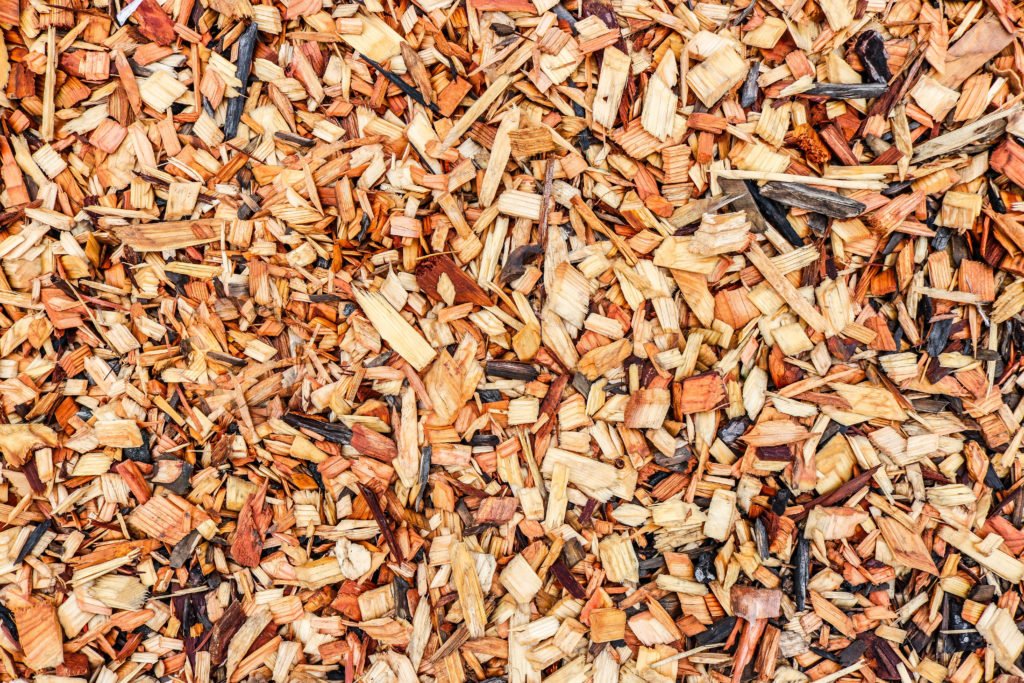Have you ever wanted to grow a plant that could make your garden look like it’s from a storybook? If you’re looking to add a bit of color and charm to your garden, consider planting a clematis vine.
These beautiful plants can provide years of enjoyment and can thrive in nearly any type of soil or climate. Clematis are perfect for vertical gardens, are relatively easy to care for, and can produce an abundance of beautiful blooms that attract butterflies, bees and even hummingbirds.
In this blog post, we’ll give you some tips on how to get started. But before we dive in, let’s learn a little more about this enchanting plant.
What is a Clematis?
A clematis is a type of flowering vine that is part of the buttercup family. These plants can grow anywhere from 6 to 30 feet tall, and can be either deciduous or evergreen. These vines are mostly native to temperate regions of Asia, Europe and North America.
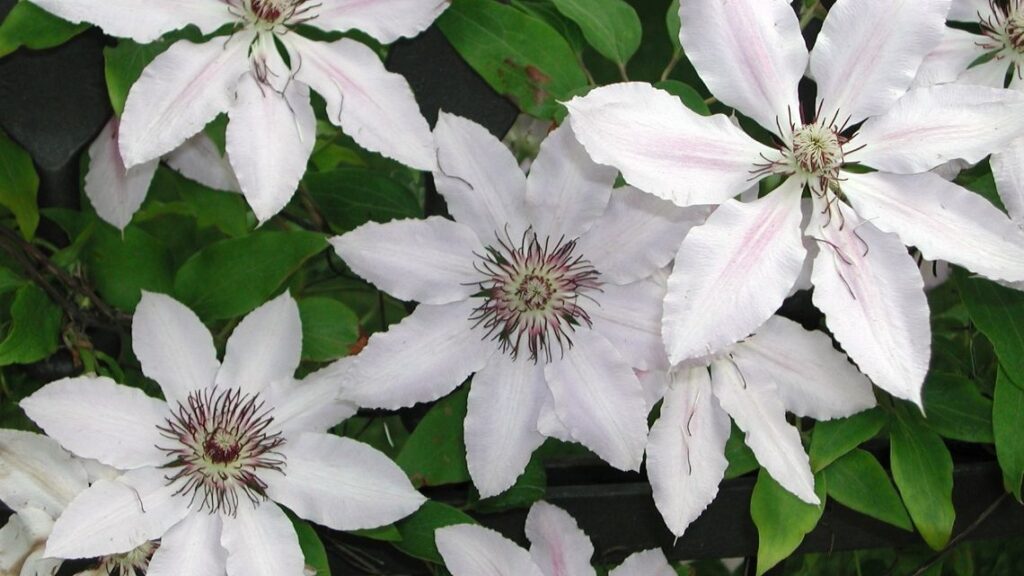
Clematis vines are best known for their large, showy flowers which can be single or double blooms. The flowers come in a variety of colors including white, pink, purple, and blue.
Is clematis toxic to pets?
The clematis plant is a Ranunculaceae family member that may cause moderate toxicity when eaten by animals. Cats, kittens, dogs, pups, and horses are all susceptible to Clematis poisoning. Its leaves and sap produce poisons that induce vomiting, diarrhea, drooling, oral blisters, and dermatitis when chewed or ingested.
Luckily clematis poisoning in dogs and cats rarely causes death. The plant’s strong, unpleasant flavor and mouth irritation usually prevent pets from chewing or eating it in high doses. However, if your pet eats clematis in even small amounts, you should seek veterinary assistance immediately.
When Should I Plant Clematis?
The best time to plant clematis is in the springtime after the last frost – usually in April. If you live in a colder climate, you may need to wait until early summer to plant your vine. This will give the plant plenty of time to establish itself before winter.
Where to Plant Clematis
When planting a clematis, it’s important to choose a location that gets plenty of sunlight. These vines need at least six hours of sunlight per day to thrive. Clematis vines can be planted in nearly any type of soil, but do best in soils that are rich in organic matter and have good drainage.
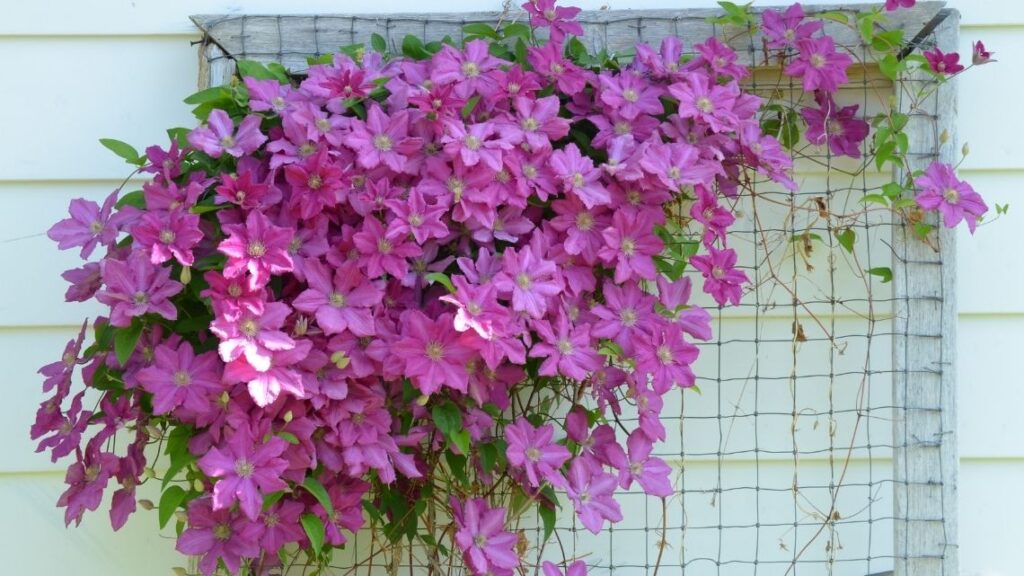
If you live in a colder climate, it’s important to choose a variety of clematis that is winter hardy. There are many different types of clematis that can survive cold temperatures, so be sure to do your research before you buy or check our recommendations below.
Can a clematis grow in a pot?
Yes, clematis vines can be grown in pots or containers. In fact, potted clematis can be a great option if you don’t have a lot of space in your garden or you live in a zone prone to frost.
When planting a clematis in a pot, be sure to use a container that is at least 18 inches wide and 12 inches deep. The soil in the pot should be well-drained and rich in organic matter.
It’s also important to use a high-quality potting mix that will provide the plant with adequate nutrients. Be sure to water your clematis regularly, especially during hot weather.
How Fast Does Clematis Grow?
It might take several years for a clematis vine to reach maturity and begin producing a lot of beautiful flowers. If you’re a little impatient like me, try to purchase a plant that is about 2 years old. These are usually sold in a quart or gallon-size pot. Smaller may be less expensive but you’ll be playing the waiting game to see those colorful blooms.
How to Care for a Clematis Vine
Once your clematis vine has been planted, it’s important to give it some initial care. Water your plant deeply and regularly during its first growing season. This will help the roots establish themselves and grow strong.
It’s also a good idea to apply a layer of mulch around the base of the plant. This will help retain moisture and keep the roots cool during hot summer days.
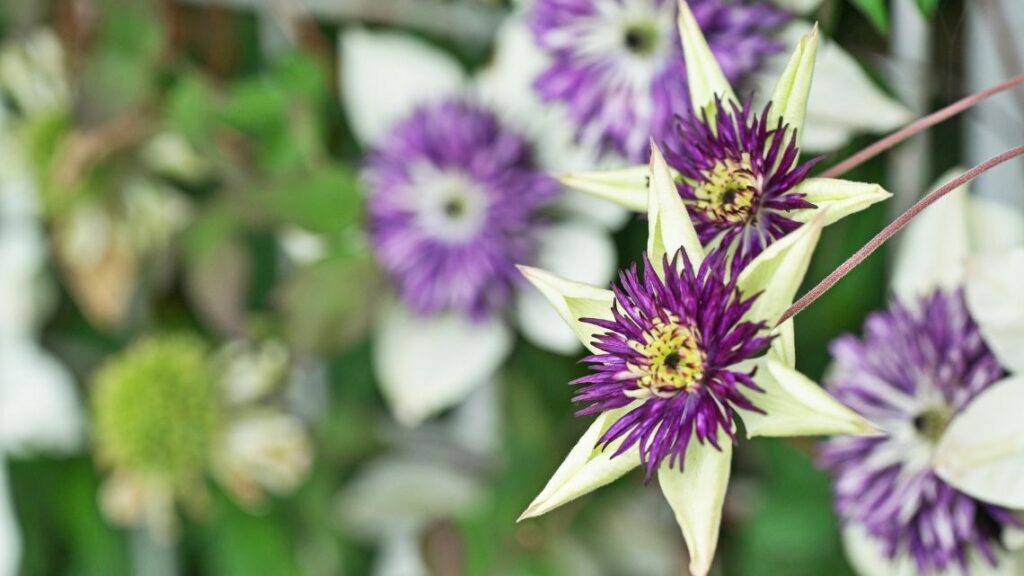
After the first growing season, you’ll only need to water your plant during periods of drought. Fertilize your plant once a year in the spring with a balanced fertilizer.
In the fall, it’s important to remove any dead leaves and flowers from the plant. You can also add a layer of mulch around the base of the plant to protect it from cold winter weather.
In order to get the best results, it’s important to prune your clematis vine periodically. Pruning will help keep the vine healthy and will encourage it to produce more blooms. This can be done either in late winter or early spring. Remove any dead or diseased stems, and prune back any overgrown stems.
Does clematis lose its leaves in winter?
Many varieties of clematis are deciduous, meaning they will lose their leaves in winter. However, there are also evergreen varieties like Armand clematis (Clematis armandii) that will retain their leaves year-round.
Can clematis survive frost??
Like most flowering plants, Clematis are susceptible to frost and freezing temperatures. But don’t worry – there are a few things you can do to help protect your clematis plants in the winter.
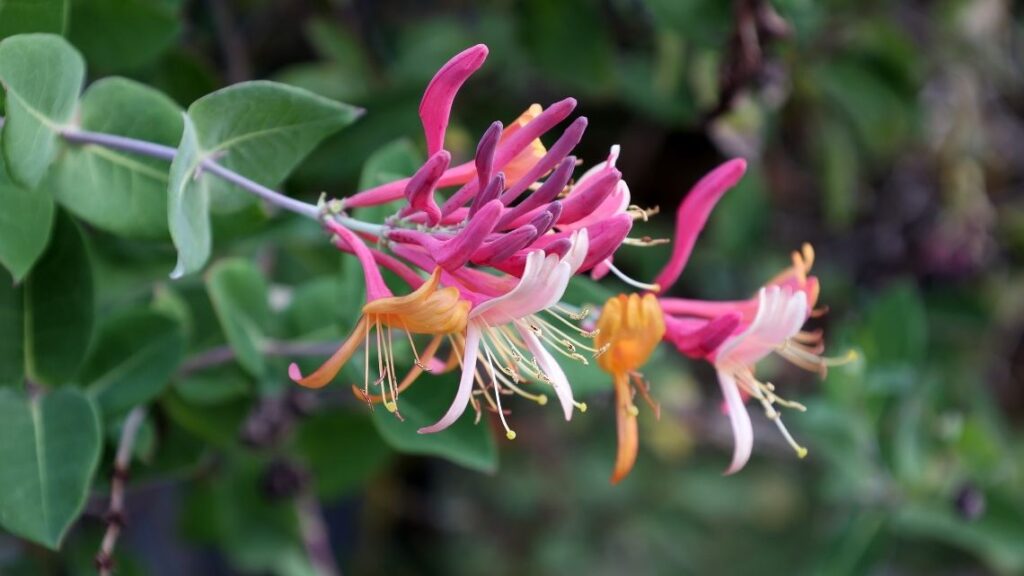
First, make sure you choose a winter-hardy variety that is more tolerant of cold weather and will be less likely to suffer damage from frost. The following are the most cold-hardy clematis varieties ideal for down to Zone 3:
- Maidwell Hall
- Constance
- Pamela Jackman
- White Swan
- Jacqueline Du Pre
- Bluebird
- Rosy O’Grady
Another good idea is to plant your clematis in a location that is protected from strong winds. If possible, plant your vine near a wall or fence that will help shelter it from the wind.
Finally, you can also cover your plants with a frost blanket during cold weather spells. This will help to protect them from the cold and keep them from freezing.
If you have clematis in containers, the best thing to do is bring them inside and place them in a spot where they can still receive sunlight.
There you have it – some tips on how to grow a clematis vine. These plants are easy to care for, and with the right conditions, they will thrive and produce beautiful flowers year after year. So if you’re looking for a plant that is both elegant and easy to care for, then a clematis vine is the perfect choice for you.



